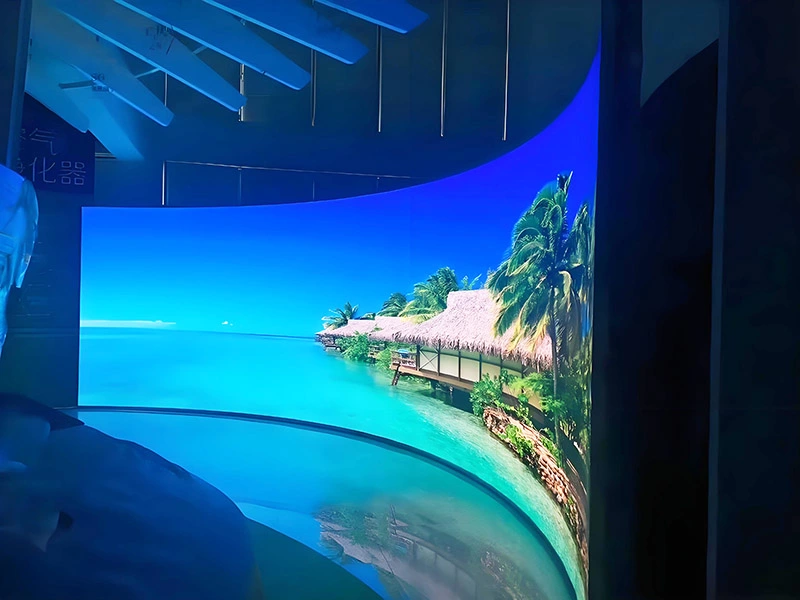LED lit displays have revolutionized visual communication across industries, offering vibrant visuals, energy efficiency, and unmatched flexibility. Whether for commercial advertising, stadiums, or luxury hotels, understanding the latest advancements in LED display light technology is critical to making informed decisions. This guide explores innovations, applications, and expert tips for selecting the best LED lighted display case solutions.

What Is an LED Lit Display?
Core Technology Behind LED Displays
LED lit displays use light-emitting diodes (LEDs) to create bright, dynamic visuals. Unlike traditional LCD screens, LEDs offer higher brightness (up to 10,000 nits for outdoor use), wider viewing angles, and superior durability in harsh environments. Each pixel comprises red, green, and blue LEDs, enabling full-color displays with resolutions as high as 127,000 PPI in cutting-edge research.
Types of LED Displays
Indoor LED Displays: Ideal for conferences, retail stores, and control rooms. Features include fine pixel pitch (≤1.5mm) and anti-glare coatings.
Outdoor LED Billboards: Built to withstand weather with high brightness (≥5,000 cd/m²) and IP65-rated protection.
Transparent LED Screens: Perfect for storefronts and exhibitions, offering 50–80% transparency while displaying content.
Top Applications of LED Display Lights in 2025
Commercial Advertising and Retail
LED display lights dominate digital signage due to their ability to capture attention with 4K resolution and adaptive brightness. For example, retail stores use LED lighted display cases to showcase products with interactive content.
Stadiums and Event Venues
Large-scale LED screens enhance live experiences with real-time replays and immersive visuals. Advanced models support wireless connectivity for synchronized content across 50+ screens.
Hospitality and Hotels
Luxury hotels deploy indoor LED displays in lobbies and event spaces to blend aesthetics with functionality. Features like ambient light sensors ensure optimal visibility day or night.
How to Choose the Right LED Lighted Display Case for Your Project
Key Factors to Consider
Pixel Pitch: Smaller pitch (e.g., P1.2) ensures sharper images for close viewing.
Brightness: 350–1,000 cd/m² for indoor; ≥5,000 cd/m² for outdoor.
Durability: Look for IP65/IP67 ratings and conformal coating for moisture resistance.
Customization and Smart Features
Shanghai HARSELED offers customized LED solutions with:
Modular designs for easy installation.
Smart controls (Wi-Fi, RS232C) for remote management.
Innovations in LED Display Technology
Micro-LED and Nano-PeLED Breakthroughs
Researchers at Zhejiang University developed nano-perovskite LEDs (nano-PeLEDs) with pixels as small as 90nm, enabling ultra-high-resolution displays for AR/VR applications.
Sustainability Trends
Energy-efficient drivers and recyclable materials reduce power consumption by 30% compared to traditional systems.
Why Partner with Shanghai HARSELED for LED Solutions?
As a leader in full-color LED displays, Shanghai HARSELED provides:
End-to-end services from design to maintenance.
Industry-leading warranties (up to 3 years).
Transform your business with state-of-the-art LED solutions! Contact Shanghai HARSELED for a free consultation.
FAQ Section
Q: How long do LED displays last?
A: High-quality LEDs last 50,000–100,000 hours, depending on usage.Q: Can LED displays be used in direct sunlight?
A: Yes! Outdoor models with ≥5,000 cd/m² brightness ensure visibility even in bright conditions.
